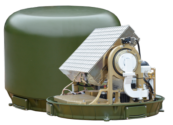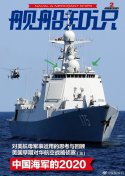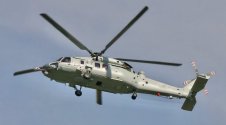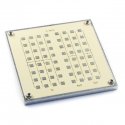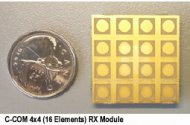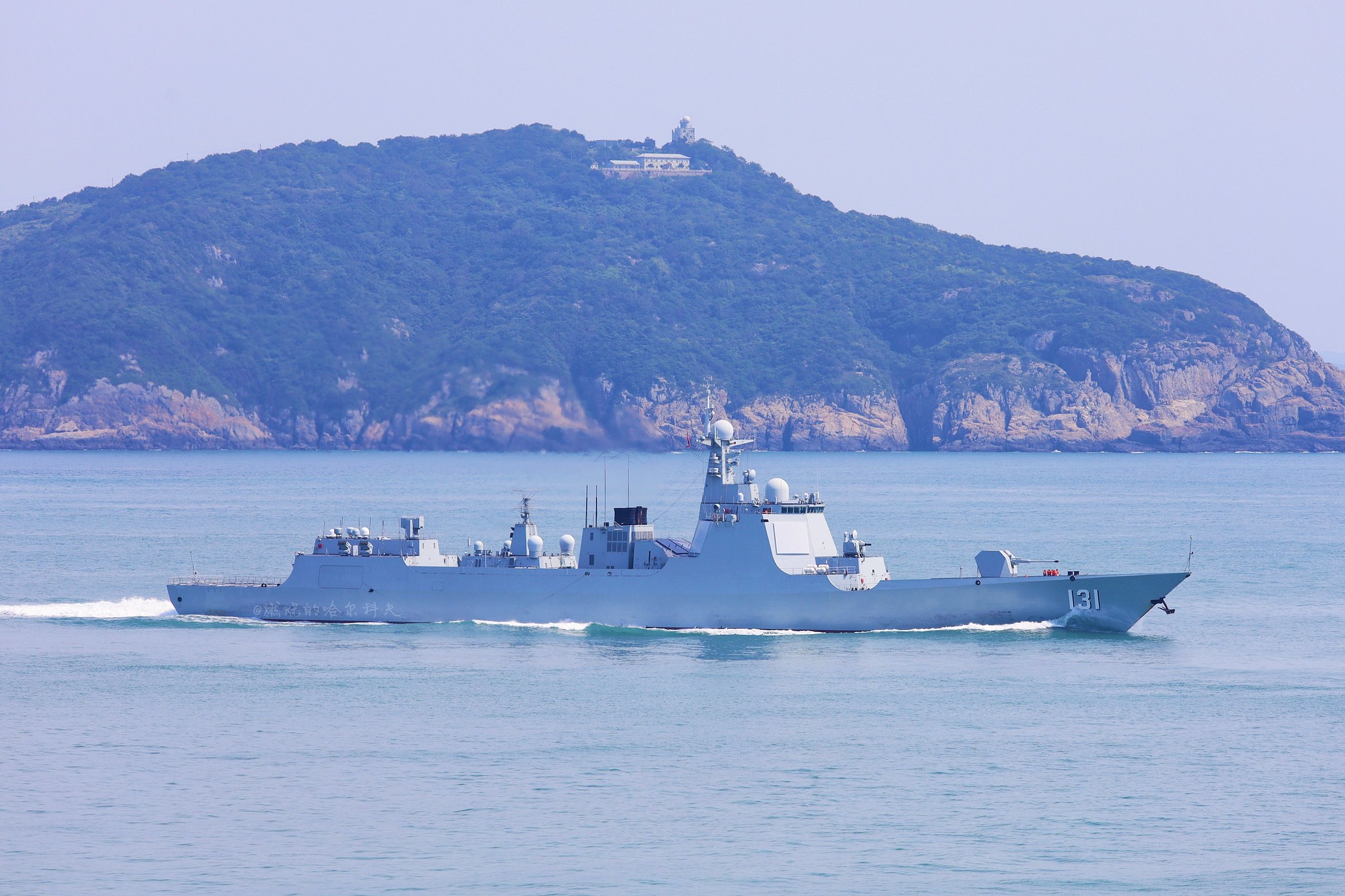For directional antennas installed at heights of 20m to 40m the maximum distance between two such antennas is within approximately 25km to 45km respectively. Antennas at greater distances are obscured by radar horizon.
Directional antennas are useful for secure communication within a task force where ships are spread 25-30km apart and those distances are also relevant for effective ranges of active sonar and SHORAD coverage. You can bounce the signal if your system has sufficient capacity which multiplies this range by number of ships. Beyond that you need relays in the air.
AEGIS is a specific proprietary combat management system produced by Lockheed Martin not a type of architecture like Link or MIL-STD.
The only AEGIS destroyers in service are in US, Japanese, Korean and Australian navies. PLAN doesn't have AEGIS destroyers and won't have any unless it captures one.
USN has so many AEGIS ships because in the 90s E-2s had weaker radars and even weaker computers. Right now the processing power is sufficient that instead of huge centralized sensors it's better to develop integrated networks of distributed sensors which are more efficient and more survivable.
I recommend you watch the presentation on YT given by the project managed of Ford CVN project. The one major change that he said he would introduce having learned from the project would be the lack of expensive radars. He stated that they are far inferior to aerial assets combined with the escort and that the only radar that a carrier needs right now is for handling traffic. The radars on Ford took too much money, space and time.
With an upgrade to the C4 systems and a humble Type 054A or Type 056A can have situational awareness of a Flight III Burke. Americans are moving in the same direction but they are limited by their past procurement choices which is why their fleet is what it is at the moment.
We've seen Chinese destroyers with similar AEGIS layouts in terms of 4 AESA panels + CEC datalinks + combat management system. Hence I find it easier to call them AEGIS destroyers versus the older types.
I agree that airborne radars are superior to ship-based radars, but there are 2 points here
1. The Chinese Navy doesn't have carrier-launched AWACs aircraft yet
2. In recent years, it is the USA which has focused on expensive and very high-performance AESA radars due to incoming supersonic/hypersonic missiles. In comparison, Chinese destroyers do not face large numbers of supersonic/hypersonic missiles. So I suspect that contributes to the much lower cost of Chinese destroyers.
On the Ford, yes, I think the SPY-6 radar is a mistake as the carrier design should be focused on its airwing. The Ford only has point air defence missiles and will always be accompanied by escorts. So a simpler radar and CEC links should be sufficient. So that's a problem with US Navy requirements rather than the radar itself. Although, if you can conduct last-ditch EW attacks on an incoming missile, that may be an acceptable justification for the SPY-6.
Anyway, back on topic.

